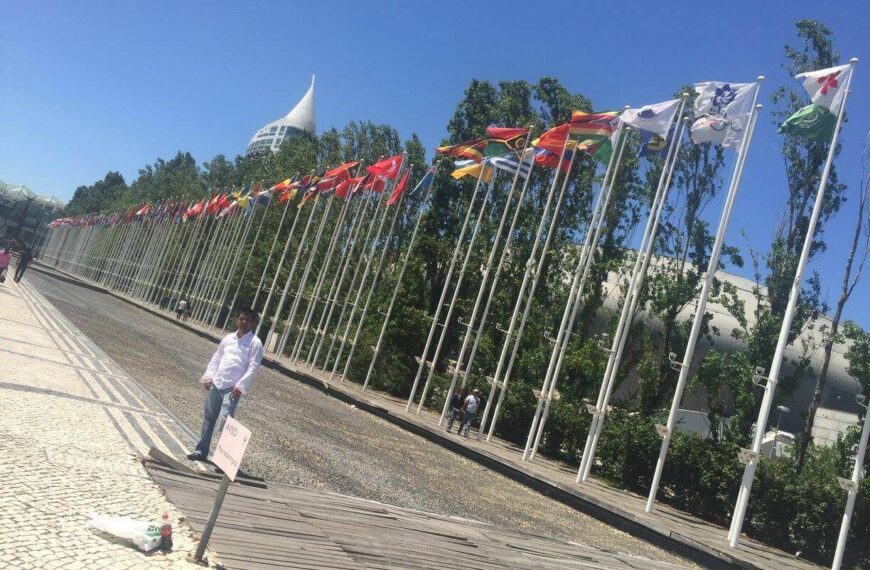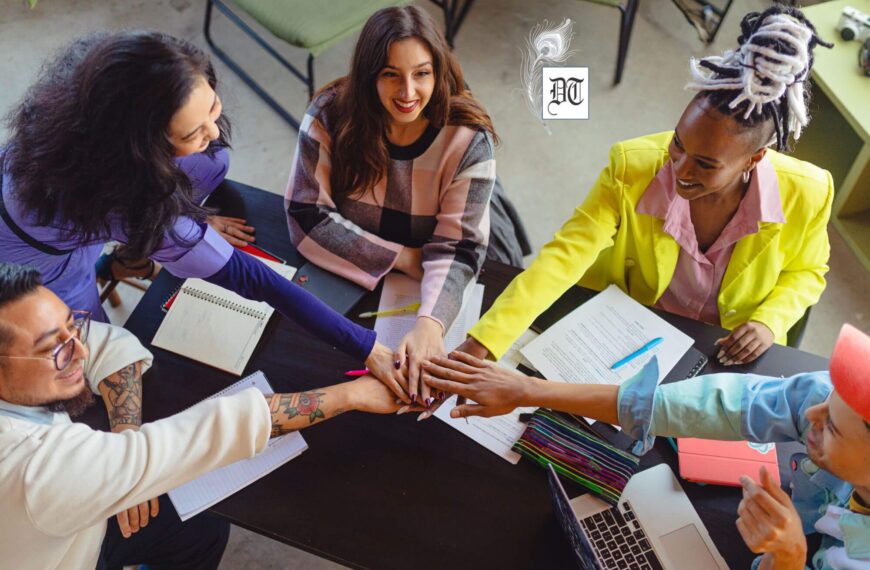The report and interventions say that access to education alone is insufficient. More efforts are needed to keep marginalised children in school and ensure learning by providing quality education. Even after the enactment of Right to Education Act, 2009, and schemes like midday meal scheme to provide lunch to school going children, the dropout rates are very high. Approximately two-fifth of the students leave school before completing elementary education. Government estimates say that around six million children are out of school due to various reasons. The government is planning to come up with a new education policy, which will have a component of inclusive education for marginalised groups. Children who belong to such disadvantaged and economically weaker communities have lower learning outcomes (which one can relate to their cultural capital), due to the historical discrimination among other factors. Here’s an in-depth research on education, by Ashish and Aleksei, exclusively for Different Truths.
While we are busy reading the news about BRICS, SAARC and several other national and international co-operations, it becomes important to broaden our vision in order to be able to see the possibilities future holds for India, in case it is to become a nation the way it was dreamed of by the makers of the Constitution. In this light, the report prepared by Human Rights Watch (titled Millions of Indian Children Denied School Education due to Discrimination, 2015) shows us many points to ponder upon. Education ideally should lead to liberation. However, given the current scenario, it is necessary to understand the complexities and challenges inequality has posed in front of us and how it affects the future of India.
In 2015, 10-year- old Madhu, a Musahar Dalit, revealed at a public hearing (called by National Commission for Protection of Child Rights) how she had been chased away from the government school in Patna, called ‘dirty’. In this public hearing, dozens of parents/children from marginalised communities gathered to share grievances. NCPCR intervened and enrolled 50 Dalit children from slums in adjoining government school.
The report and interventions say that access to education alone is insufficient. More efforts are needed to keep marginalised children in school and ensure learning by providing quality education. Even after the enactment of Right to Education Act, 2009, and schemes like midday meal scheme to provide lunch to school going children, the dropout rates are very high. Approximately two-fifth of the students leave school before completing elementary education. Government estimates say that around six million children are out of school due to various reasons.
The government is planning to come up with a new education policy, which will have a component of inclusive education for marginalised groups. Children who belong to such disadvantaged and economically weaker communities have lower learning outcomes (which one can relate to their cultural capital), due to the historical discrimination among other factors.
There still exists a lack of effective monitoring mechanisms: ill-treatment, neglect (despite RTE banning discrimination); disabilities not ensured – ‘remains a distant priority among school authorities’ – not enough done to bring and keep girls in classrooms.
The report recommends having a zero discrimination policy: girls/children with disabilities need even more attention. The focus of the education should be beyond mere learning outcomes – in addition on inclusive learning practices (effective, greater participation of children from marginalised communities, healthy interaction among children from different backgrounds.
Expansion of the Right to Education Act – all children should be guaranteed 12 years of free and accessible education by 2030, and universal access to early childhood care should be implemented.
Sustainable Development Goal number four states “Ensure inclusive and quality education for all and promote lifelong learning”. With clear targets given below:
- By 2030, ensure that all girls and boys complete free, equitable and quality primary and secondary education leading to relevant and Goal-4 effective learning outcomes
- By 2030, ensure that all girls and boys have access to quality early childhood development, care and pre-primary education so that they are ready for primary education
- By 2030, ensure equal access for all women and men to affordable and quality technical, vocational and tertiary education, including university
- By 2030, substantially increase the number of youth and adults who have relevant skills, including technical and vocational skills, for employment, decent jobs and entrepreneurship
- By 2030, eliminate gender disparities in education and ensure equal access to all levels of education and vocational training for the vulnerable, including persons with disabilities, indigenous peoples and children in vulnerable situations
- By 2030, ensure that all youth and a substantial proportion of adults, both men and women, achieve literacy and numeracy
- By 2030, ensure that all learners acquire the knowledge and skills needed to promote sustainable development, including, among others, through education for sustainable development and sustainable lifestyles, human rights, gender equality, promotion of a culture of peace and non-violence, global citizenship and appreciation of cultural diversity and of culture’s contribution to sustainable development
- Build and upgrade education facilities that are child, disability and gender sensitive and provide safe, nonviolent, inclusive and effective learning environments for all
- By 2020, substantially expand globally the number of scholarships available to developing countries, in particular, least developed countries, small island developing States and African countries, for enrolment in higher education, including vocational training and information and communications technology, technical, engineering and scientific programmes, in developed countries and other developing countries
- By 2030, substantially increase the supply of qualified teachers, including through international cooperation for teacher training in developing countries, especially least developed countries and small island developing states
The government should set an example by emphasising on special commitments to implement these goals. It is a unique opportunity to address major obstacles in fulfilling the goal for inclusive, quality education, not just for Madhu, but for all children alike.
An eminent human rights activist Lenin Raghuvanshi says, “Without elimination of locust effect of fear and phobia and culture of silence, it is imposable to fulfil the realisation of a sustainable goal at grass roots level.”
We must not forget that as time passes by there will be newer demographic challenges in front of India. Let’s get started!
©Ashish Singh & Aleksei Opacic
Photos from the internet.
#EducationInBihar #IndianDemographic #Dalit #RightsOfEducation #DifferentTruths



 By
By
 By
By

 By
By